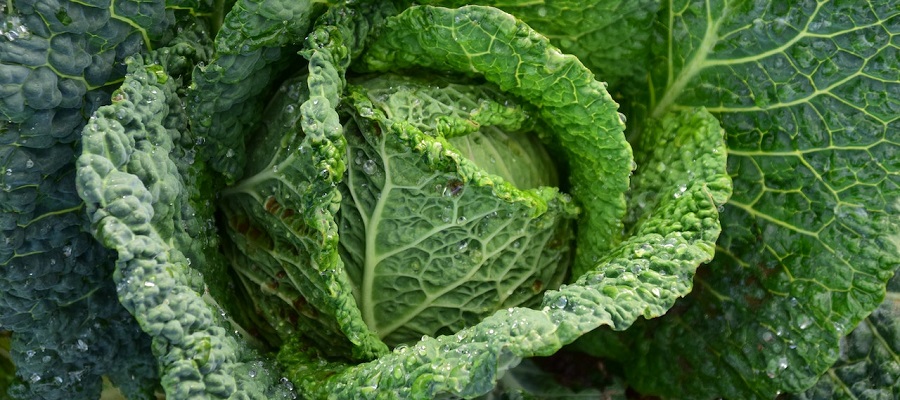Diets are a popular topic in today's society. With so many options available, it can be overwhelming to choose the right one. In this blog, we will explore some of the most popular diets and their benefits and drawbacks.
Keto Diet
The keto diet is a high-fat, low-carbohydrate diet that has gained popularity in recent years. The goal of the diet is to put your body into a state of ketosis, where it burns fat for energy instead of carbohydrates. This can lead to weight loss and improved blood sugar control. However, the diet can be difficult to follow and may lead to nutrient deficiencies if not done properly.
Paleo Diet
The paleo diet is based on the idea of eating like our ancestors did during the Paleolithic era. This means consuming whole, unprocessed foods such as meat, fish, fruits, and vegetables. The diet eliminates grains, dairy, and processed foods. While the diet can lead to weight loss and improved health markers, it can be expensive and difficult to follow long-term.
Mediterranean Diet
The Mediterranean diet is based on the traditional eating patterns of countries bordering the Mediterranean Sea. The diet emphasizes whole, unprocessed foods such as fruits, vegetables, whole grains, and lean protein sources. It also includes healthy fats such as olive oil and nuts. The diet has been shown to improve heart health and may also lead to weight loss.
Vegetarian and Vegan Diets
Vegetarian and vegan diets eliminate meat and animal products, respectively. These diets can be healthy if done properly, as they emphasize whole, plant-based foods. However, it can be difficult to get enough protein and certain nutrients such as vitamin B12 on a vegan diet. It is important to plan meals carefully to ensure adequate nutrient intake.
Conclusion
There are many diets to choose from, and each has its own benefits and drawbacks. It is important to choose a diet that is sustainable and provides all the necessary nutrients for optimal health. Consulting with a registered dietitian can help you determine the best diet for your individual needs.
Types of Diets
1. Low-Carb Diets
1.1 What are Low-Carb Diets?
Low-carb diets are diets that restrict carbohydrates, such as those found in sugary foods, pasta, and bread. Instead, they focus on foods that are high in protein and fat.
1.2 Benefits of Low-Carb Diets
Low-carb diets have been shown to help with weight loss, improve blood sugar control, and reduce the risk of heart disease.
1.3 Risks of Low-Carb Diets
Low-carb diets can lead to nutrient deficiencies if not properly planned, and can also cause constipation and bad breath.
2. Low-Fat Diets
2.1 What are Low-Fat Diets?
Low-fat diets are diets that restrict fat intake, often to less than 30% of daily calories. They focus on foods that are low in fat, such as fruits, vegetables, and whole grains.
2.2 Benefits of Low-Fat Diets
Low-fat diets have been shown to help with weight loss, improve cholesterol levels, and reduce the risk of heart disease.
2.3 Risks of Low-Fat Diets
Low-fat diets can lead to nutrient deficiencies if not properly planned, and can also cause hunger and cravings due to the lack of fat in the diet.
3. Mediterranean Diet
3.1 What is the Mediterranean Diet?
The Mediterranean diet is a diet that is based on the traditional foods of the Mediterranean region, such as fruits, vegetables, whole grains, fish, and olive oil.
3.2 Benefits of the Mediterranean Diet
The Mediterranean diet has been shown to help with weight loss, improve heart health, and reduce the risk of chronic diseases such as diabetes and cancer.
3.3 Risks of the Mediterranean Diet
There are no major risks associated with the Mediterranean diet, but it may be more expensive than other diets due to the emphasis on fresh, whole foods.
4. Vegetarian and Vegan Diets
4.1 What are Vegetarian and Vegan Diets?
Vegetarian and vegan diets are diets that exclude meat and sometimes other animal products. Vegetarian diets may include dairy and eggs, while vegan diets exclude all animal products.
4.2 Benefits of Vegetarian and Vegan Diets
Vegetarian and vegan diets have been shown to help with weight loss, improve heart health, and reduce the risk of chronic diseases such as diabetes and cancer.
4.3 Risks of Vegetarian and Vegan Diets
Vegetarian and vegan diets can lead to nutrient deficiencies if not properly planned, particularly in protein, iron, and vitamin B12. They may also be more difficult to follow in social situations or when eating out.
Popular Diets
1. Atkins Diet
1.1 What is the Atkins Diet?
The Atkins Diet is a low-carbohydrate diet that was created by Dr. Robert Atkins in the 1970s. The diet is based on the idea that by reducing your carbohydrate intake, your body will burn fat for energy instead of carbohydrates.
1.2 Benefits of the Atkins Diet
The Atkins Diet has been shown to be effective for weight loss, improving blood sugar control, and reducing the risk of heart disease. It may also help to reduce inflammation in the body.
1.3 Risks of the Atkins Diet
The Atkins Diet can be difficult to follow long-term and may lead to nutrient deficiencies if not properly planned. It may also increase the risk of kidney stones and have negative effects on cholesterol levels.
2. Paleo Diet
2.1 What is the Paleo Diet?
The Paleo Diet, also known as the Caveman Diet, is based on the idea of eating foods that were available to our ancestors during the Paleolithic era. This includes meat, fish, fruits, vegetables, nuts, and seeds.
2.2 Benefits of the Paleo Diet
The Paleo Diet has been shown to be effective for weight loss, improving blood sugar control, and reducing the risk of heart disease. It may also help to reduce inflammation in the body.
2.3 Risks of the Paleo Diet
The Paleo Diet can be expensive and may be difficult to follow long-term. It may also lead to nutrient deficiencies if not properly planned, particularly in calcium and vitamin D.
3. Keto Diet
3.1 What is the Keto Diet?
The Keto Diet is a low-carbohydrate, high-fat diet that is designed to put your body into a state of ketosis, where it burns fat for energy instead of carbohydrates. The diet typically consists of 70-80% fat, 10-20% protein, and 5-10% carbohydrates.
3.2 Benefits of the Keto Diet
The Keto Diet has been shown to be effective for weight loss, improving blood sugar control, and reducing the risk of heart disease. It may also have therapeutic benefits for certain medical conditions, such as epilepsy and type 2 diabetes.
3.3 Risks of the Keto Diet
The Keto Diet can be difficult to follow long-term and may lead to nutrient deficiencies if not properly planned. It may also cause side effects such as constipation, bad breath, and fatigue.
The Importance of Regular Exercise
Introduction
Regular exercise is essential for maintaining good health and well-being. It can help prevent chronic diseases, improve mental health, and increase overall quality of life. Despite the numerous benefits of exercise, many people still struggle to incorporate it into their daily routine. In this blog, we will explore the importance of regular exercise and provide tips for making it a part of your daily life.


